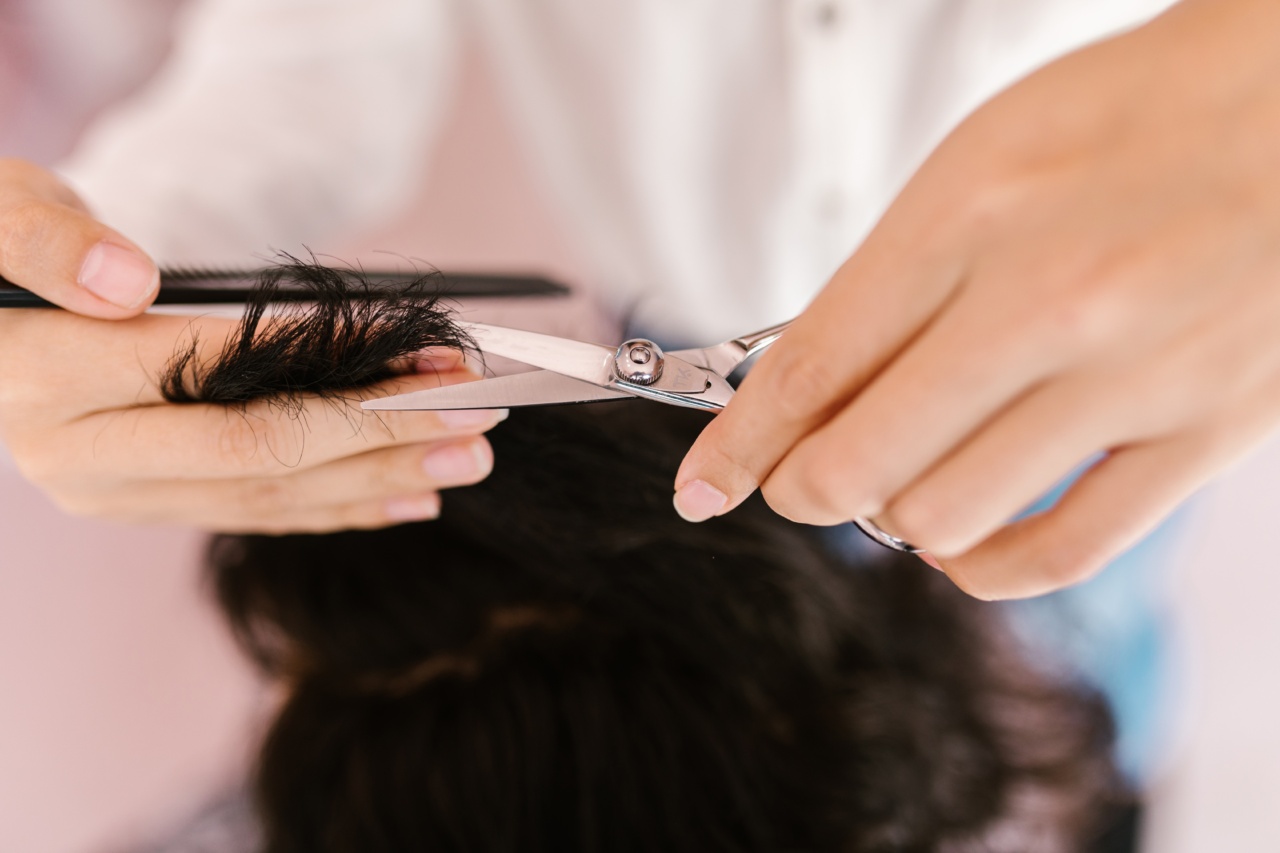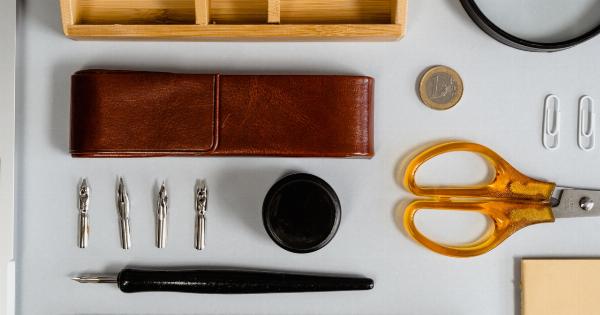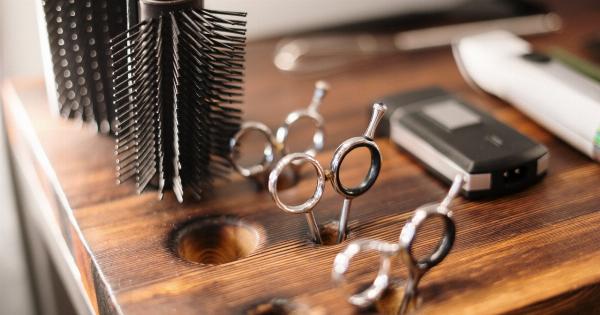If you are someone who likes to trim your hair at home, you probably have a pair of hair scissors. However, it is important to know how to use them safely to avoid any accidents that can result in cutting yourself with hair scissors.
Below are some tips to help you use your hair scissors safely:.
1. Use the Right Scissors
Using the right scissors is the first step to avoid cutting yourself with hair scissors. Hair scissors are different from regular scissors and they are designed specifically for cutting hair.
They have a different blade and handle design that makes them ideal for cutting hair. Using regular scissors may cause accidents as they may not be sharp enough or designed to handle hair. Therefore, always ensure that you are using hair scissors when trimming your hair.
2. Clean Your Scissors
Another important aspect is to ensure that your hair scissors are clean. Using dirty scissors can lead to infections, which can be harmful. Therefore, it is important to clean them before using them or let a hairdresser do it for you.
Use warm water and soap or rubbing alcohol to clean the blades and handle.
3. Handling of Hair Scissors
It is important to handle hair scissors with care, as they can cause serious injuries to your skin. Always hold them from the handles and never from the blades. This will reduce your risk of accidentally cutting yourself with hair scissors.
4. Always Cut with Sharp Blades
A dull blade can cause serious accidents, as you will have to apply more pressure to cut your hair, and this makes it easy to get your skin trapped between the blades.
Therefore, always check the blades before using them and ensure they are sharp enough to cut your hair without applying too much pressure.
5. Cutting Technique Matters
How you cut your hair can also affect your safety when using hair scissors. It is important to have a good technique to avoid accidentally cutting yourself with hair scissors.
Always cut your hair away from your face and in the direction of the hair growth. This will help you to avoid slips and cuts.
6. Use a Comb or Brush with Hair Scissors
Using a comb or brush when cutting your hair can provide a barrier between your skin and hair scissors. Use your comb or brush to keep your hair in place while cutting it. This will help you avoid accidentally cutting yourself with hair scissors.
7. Proper Storage of Hair Scissors
The way you store your hair scissors can also impact your safety when using hair scissors. Leaving your hair scissors anywhere may result in injury, especially if someone accidentally picks them up and starts using them.
It is important to store them in a safe place away from children and pets.
8. Get Help If Necessary
If you are not confident or experienced in trimming your hair, it is best to seek help from a professional. They are trained and will know how to cut your hair without causing any injuries.
9. Check your blades regularly
Regularly check the blades of your hair scissors to ensure they are sharp enough. Blunt blades can easily cause nicks and cuts on your scalp or skin. Take them for professional sharpening or invest in a quality professional grade pair of scissors.
10. Keep your hair clean
Keeping your hair clean helps in keeping it smooth. Smooth hair is easy to cut thus minimizing accidents that may occur.
In conclusion, always remember to always use hair scissors for trimming your hair to avoid cutting yourself. Also, ensuring that your hair is clean, and the scissors are clean and sharp is an essential part to avoid accidents.
With these tips in mind, you can confidently cut your hair like a professional without having to worry about any accidents.




























